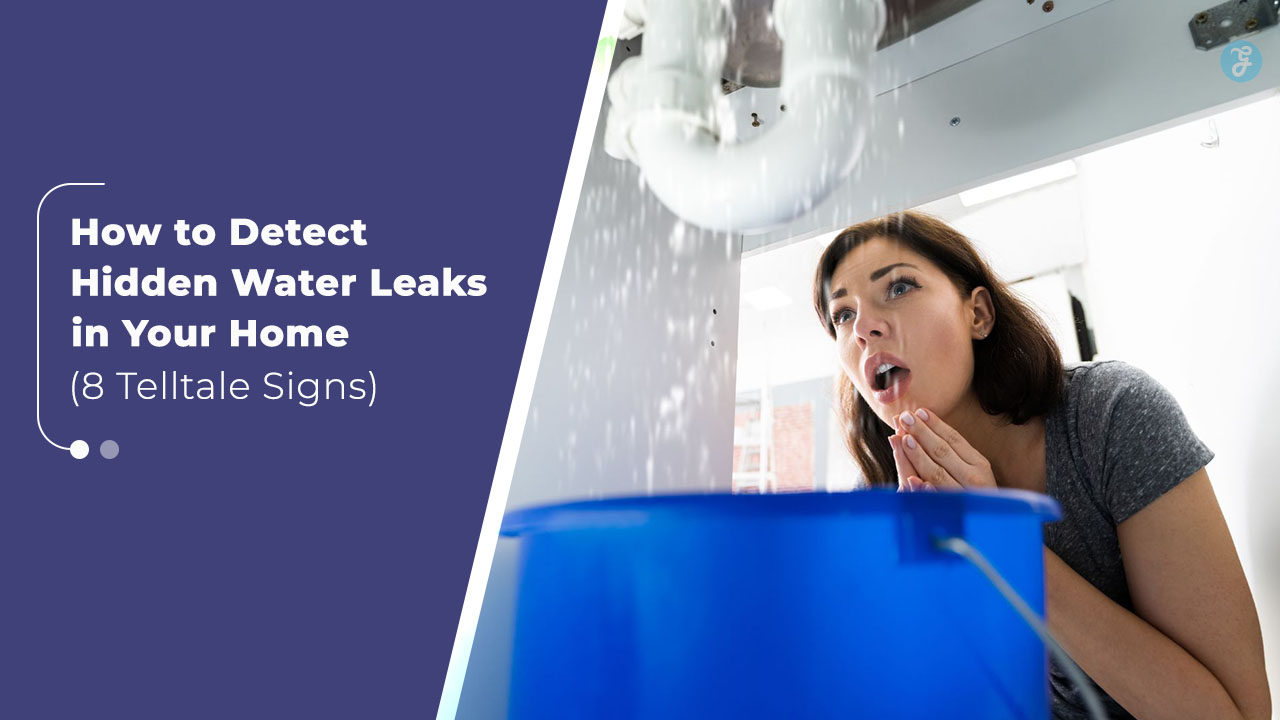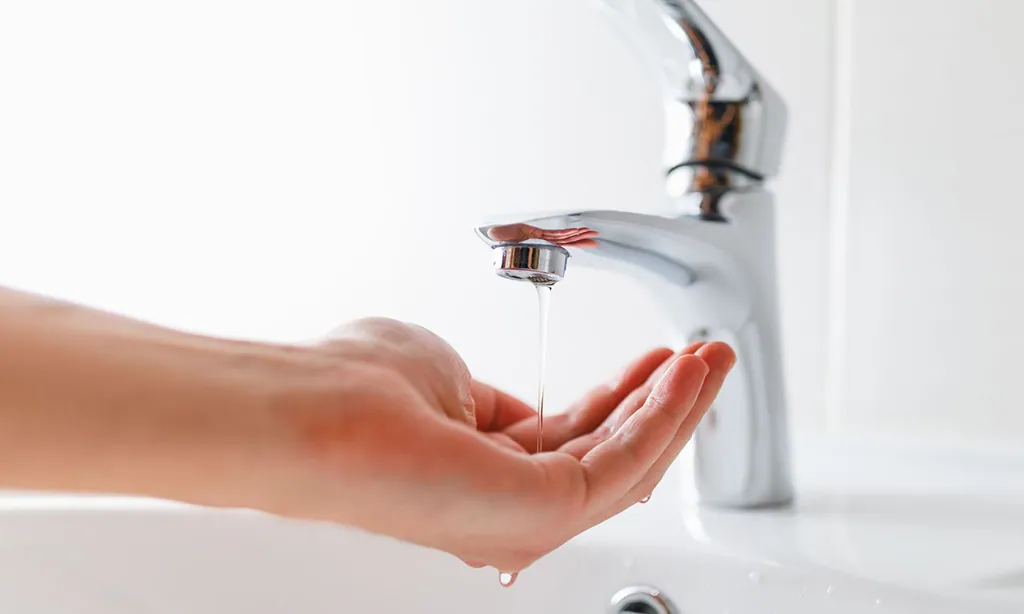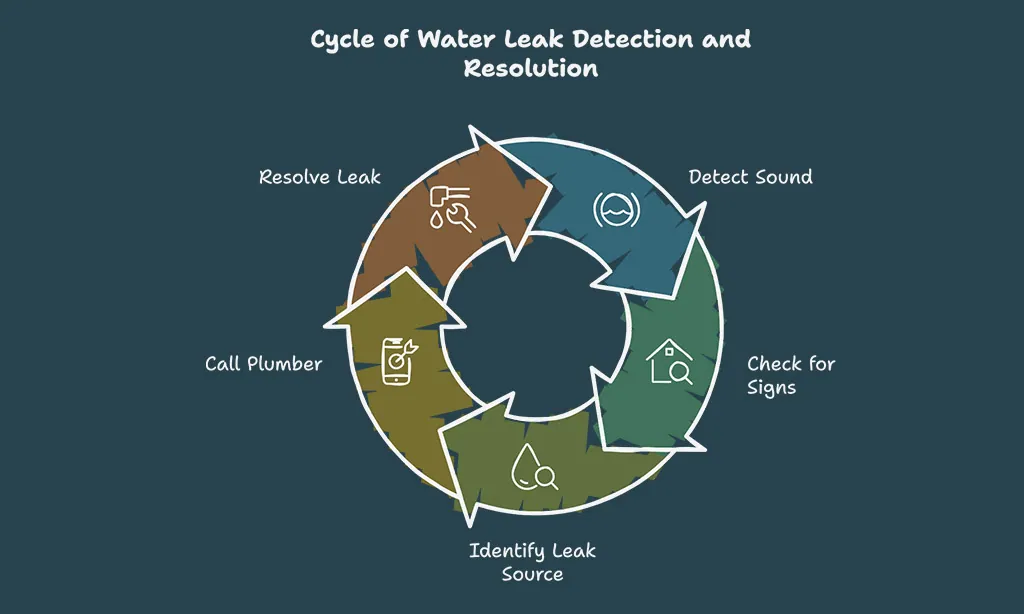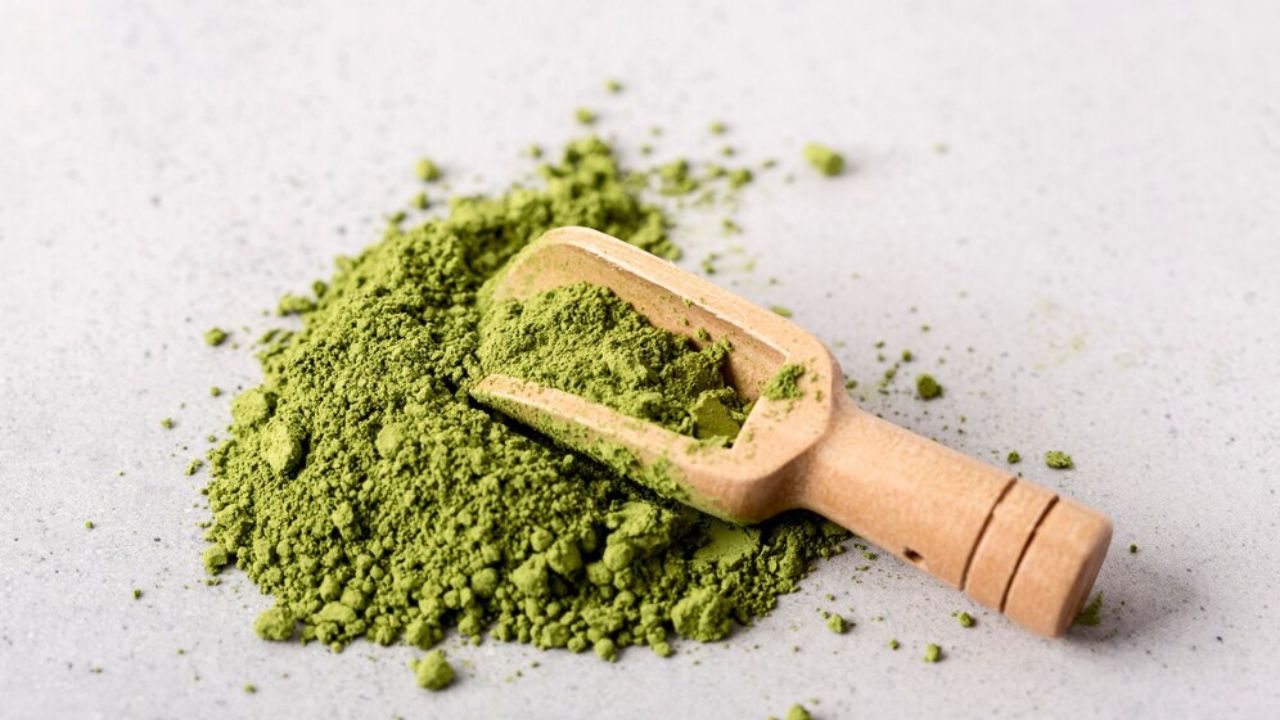Water leaks can sneak up on you. You might not see them, but they can cause big trouble over time. From water stains to musty odors, hidden leaks leave clues that shouldn’t be ignored.
Did you know a small leak can waste gallons of water daily? This adds up fast on your water bill and harms your home. Spotting these issues early saves money and avoids costly repairs.
This guide will help you find hidden leaks before they get worse. Keep reading to protect your home from damage!
Unusually High Water Bills
A sudden spike in your water bill can mean trouble. Hidden leaks often waste water, even if you don’t see signs at first. Small toilet leaks alone may waste up to 200 gallons of water daily.
Fixing these problems fast saves money and stops larger issues like structural damage or mold growth. Keep an eye on your water meter or call a professional plumber if the bills stay high without reason.
Low Water Pressure
Low water pressure can indicate concealed leaks in your home. A leak in the main water supply line or pipes decreases water flow to sinks, showers, and toilets. For instance, you might observe a weak shower head spray.
Toilet leaks might also contribute to this issue by silently wasting water.
Inspect faucets and fixtures for reduced flow. If only one fixture shows low pressure, the problem may be specific to that location. Yet, widespread weak pressure often indicates more significant plumbing issues.
Hidden water leakage wastes water and can cause structural damage over time.
Mold Growth and Musty Odors
Mold can grow fast in damp spaces. It thrives behind walls, under floors, or in basements. Hidden leaks in your home plumbing system often cause this issue. Dark spots, patches of green or black mold, and musty smells signal a problem.
Mold spores spread through the air and might trigger allergies for some people.
A musty odor is another clue of water damage. This smell often forms from moisture trapped in crawl spaces or near leaking pipes. If you notice these odors, check areas like bathrooms, kitchens, closets, or near discolored walls for signs of water leaking.
Visible Water Stains on Walls or Ceilings
Discolored walls or ceilings often mean water damage. Stains might look yellow, brown, or dark spots. These marks usually spread over time if the water leak continues.
A small stain can signal a bigger hidden problem.
Wet patches may feel soft to the touch. This happens when water weakens drywall or plaster. Ignoring these signs could lead to structural damage and costly repairs soon after detection.
Warped or Damaged Flooring
Soft spots or uneven areas on the floor could mean trouble. Water leaks often soak into flooring, causing it to warp or swell. Wooden floors may buckle, while tiles might loosen over time.
Wet spots that don’t dry can also point to hidden water damage.
Carpets may feel damp without a clear reason, and strange smells could follow. A leak in a pipe beneath your floor can harm the home’s structure if ignored too long. Act quickly to avoid major repairs or costly fixes later.
Peeling Paint or Wallpaper
Paint bubbling or wallpaper peeling can signal water damage. Hidden water leaks might soak walls, causing them to weaken. Over time, moisture collects beneath the surface, making paint crack or peel away.
Watch for discoloration or swelling near affected areas. A hidden water supply line leak could be the culprit. Left untreated, these issues may lead to mold growth and structural damage in your home.
Sounds of Running Water When Fixtures Are Off
Hearing running water while no faucets are on is a red flag. It could mean hidden water leaks in your home plumbing system. These leaks waste gallons of water and lead to increased water bills.
Check near walls, ceilings, or floors for signs of damage, like discoloration or musty odors. Water supply lines may be leaking behind surfaces without leaving visible marks right away.
Call a professional plumber if the sound doesn’t stop to avoid structural damage or mold growth.
Rusty or Corroded Pipes
Rusty pipes can hint at hidden water leaks. Corrosion weakens the pipe and leads to cracks. These cracks cause water damage in walls or floors. Rust on pipes may also discolor your water supply, causing it to look brown or dirty.
Corroded pipes waste water and increase bills. They often cause low water pressure too. Check for rust around joints and fittings in your home plumbing system. If you find any damage, call a professional plumber quickly to avoid further structural damage or costly repairs.
Monitoring Your Water Meter for Leaks
Your water meter can help spot hidden leaks. It’s an easy way to check your home plumbing system for problems.
- Turn off all water inside and outside your home. This includes toilets, faucets, and irrigation systems.
- Locate your water meter, usually near the street or sidewalk in a box in the ground.
- Check the leak indicator on the meter. This is often a small spinning dial, triangle, or gear. If it moves with no water running, you may have a leak.
- Write down the numbers on the meter dial to record the current reading.
- Wait 1-2 hours without using any water at all in your home during this time.
- Go back to the meter and check if the numbers have changed since your first reading.
- A difference in the reading means there might be an undetected leak somewhere in your house.
- Inspect both indoor and outdoor areas of your property for signs like puddles, wet spots, or discoloration on walls or ceilings.
- Call a professional plumber if you suspect damage to pipes or find signs of structural issues caused by leaks.
- Regularly monitoring your usage with a water meter reduces wasted water and high bills over time!
Using a Moisture Meter to Identify Hidden Leaks
Hidden water leaks can cause major problems at home. A moisture meter is a helpful tool to spot them early.
- Use the meter on walls, floors, or ceilings that seem damp or discolored. High readings may signal water damage.
- Check near pipes, sinks, and toilets. These areas are common for hidden water leaks.
- Test where you notice musty odors. Dampness often leads to mold growth in unseen spots.
- Scan around appliances like washing machines and dishwashers. Leaks from these machines can stay hidden for weeks.
- Take readings in rooms with low water pressure. Hidden leaks in the plumbing system could be the cause.
- Inspect basements or crawl spaces with your meter. Water stains here can hint at undetected leaks from above.
- Look at outdoor areas near your home’s foundation. Leaks in the water supply line may affect these zones too.
Takeaways
Spotting water leaks early can save you money and stress. High bills, musty smells, or strange sounds are big clues. Check for water stains, weak pressure, or peeling paint too. These signs are easy to find with a close look around your home.
If unsure, a plumber or tools like moisture meters can help pinpoint trouble spots fast. Don’t wait—fixing leaks now prevents bigger problems later!
FAQs
1. How can I tell if I have hidden water leaks in my home?
Look for signs like mold growth, peeling paint, discolored walls, or musty odors. You might also hear running water sounds when no fixtures are on.
2. Why is my water bill suddenly higher than usual?
Increased water bills often point to undetected leaks in your plumbing system or toilet leaks wasting water.
3. Can low water pressure mean there’s a leak?
Yes, low water pressure could suggest issues with your home plumbing system or a broken water supply line causing hidden leaks.
4. What does structural damage from a hidden leak look like?
Water stains and warped floors are common signs of structural damage caused by long-term hidden leaks and excessive moisture.
5. Should I call a professional plumber for leak detection?
Yes, especially if you suspect complex problems like underground pipe issues that may need tools like ground-penetrating radar to locate the source.
6. How do I check for small leaks myself before calling an expert?
Turn off all faucets and appliances using water, then check your water meter. If it moves after everything is off, you likely have a leak wasting valuable resources!











































